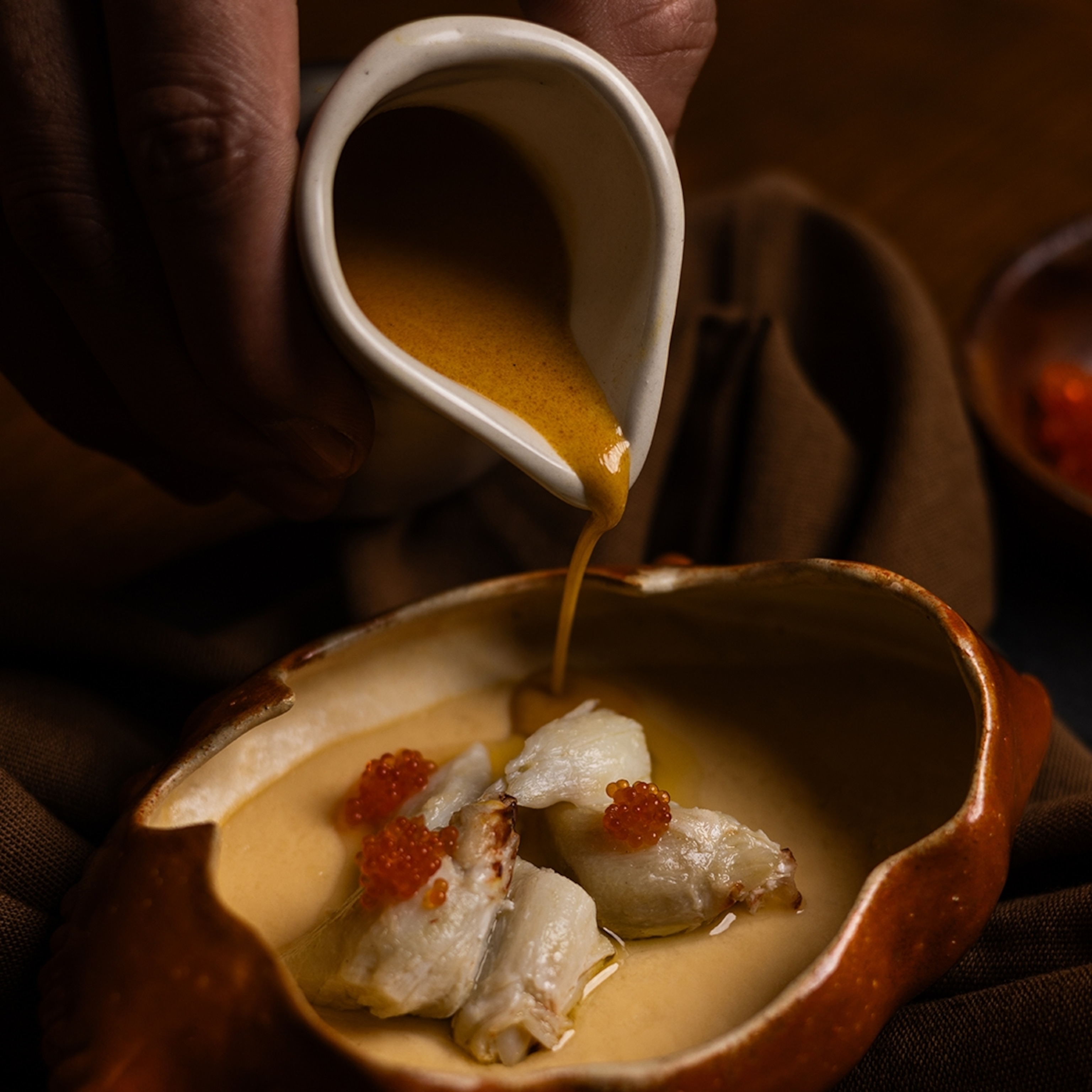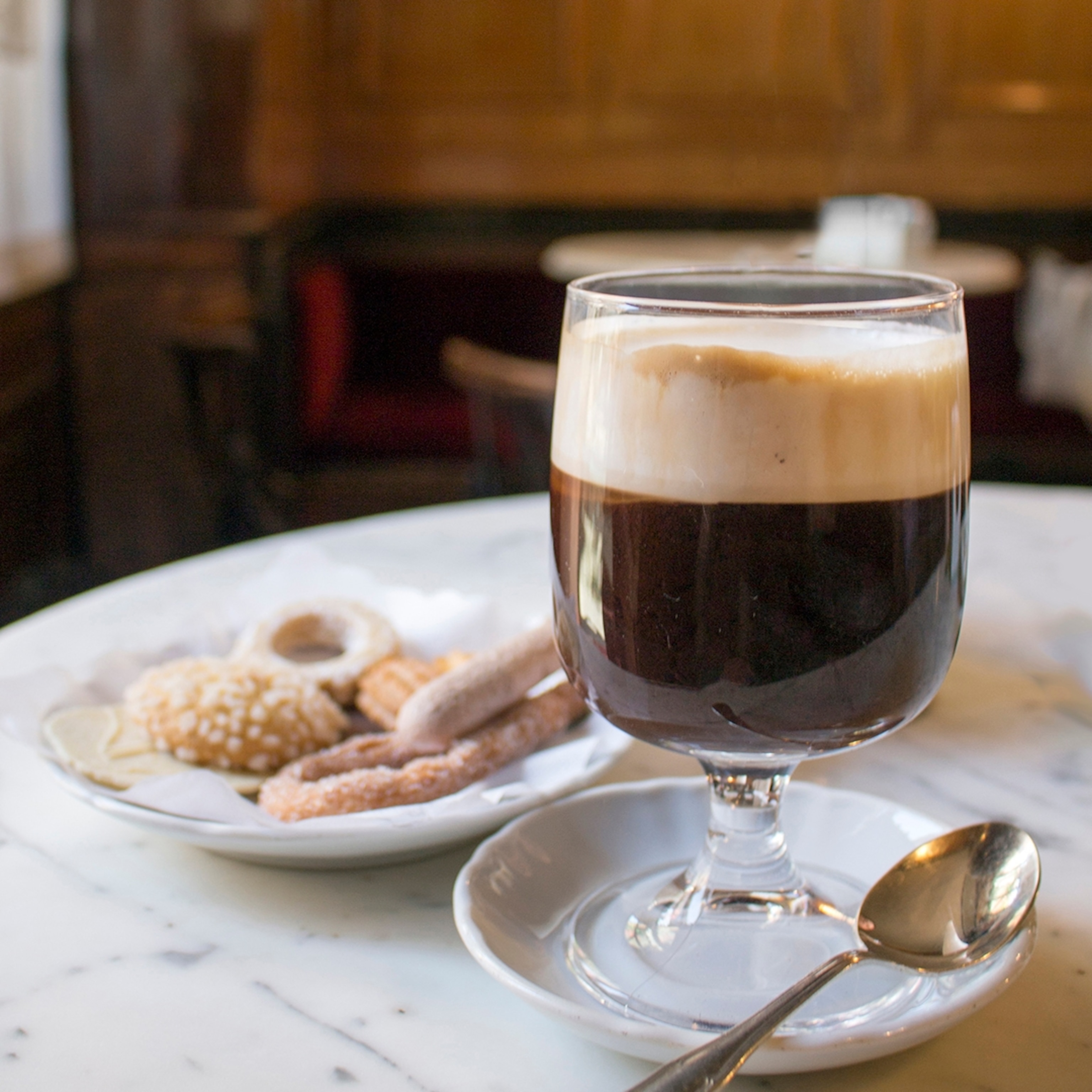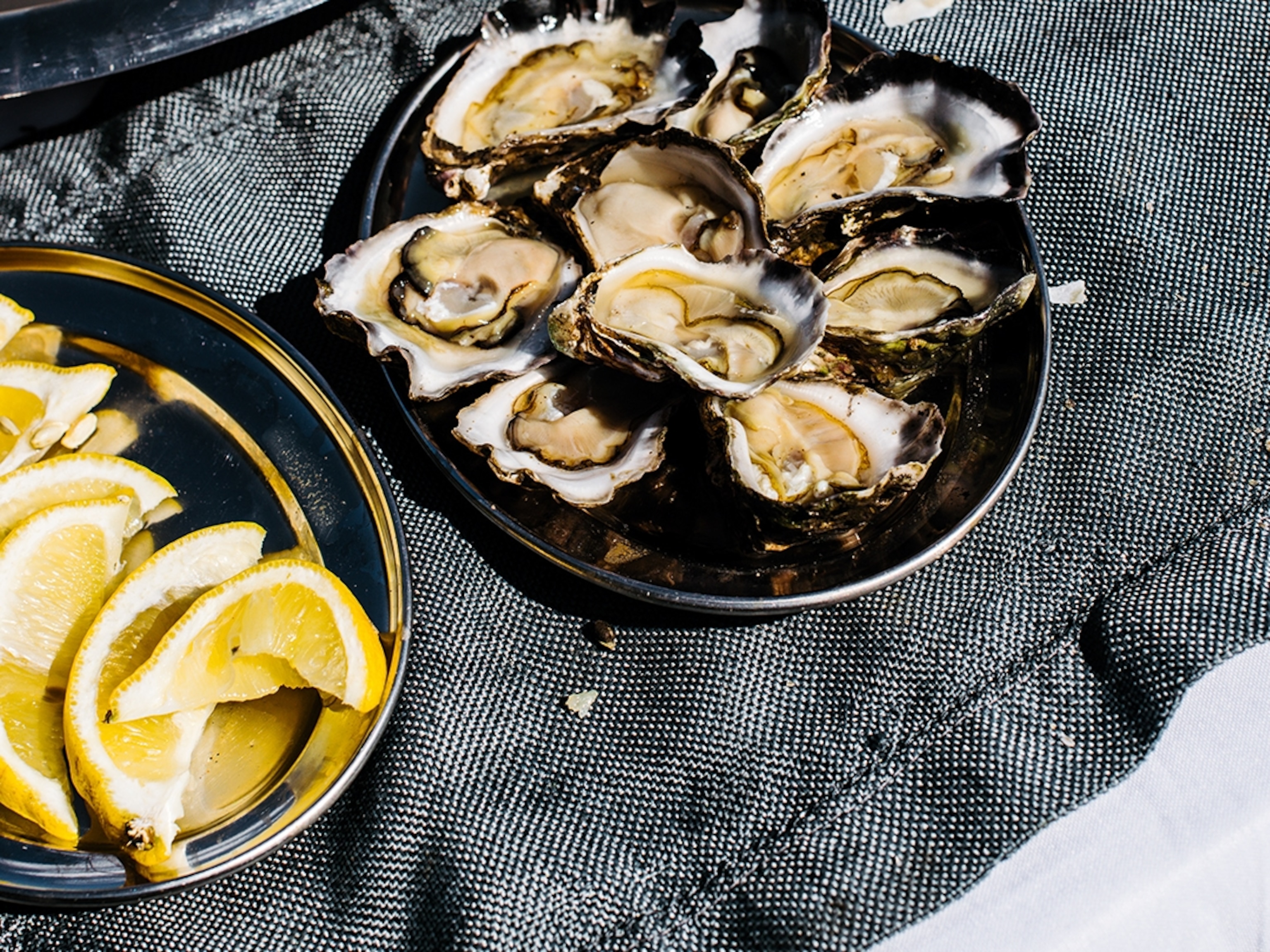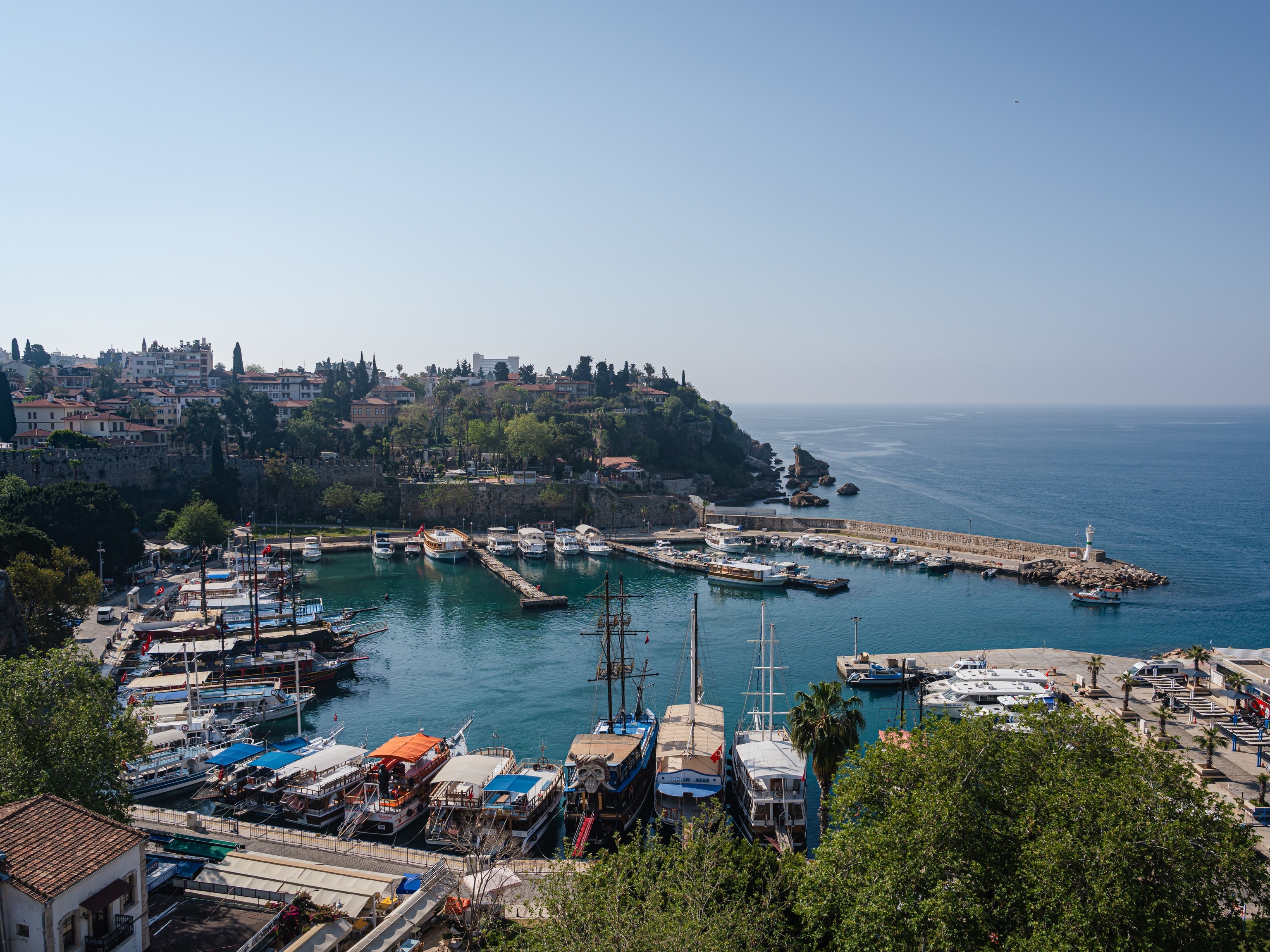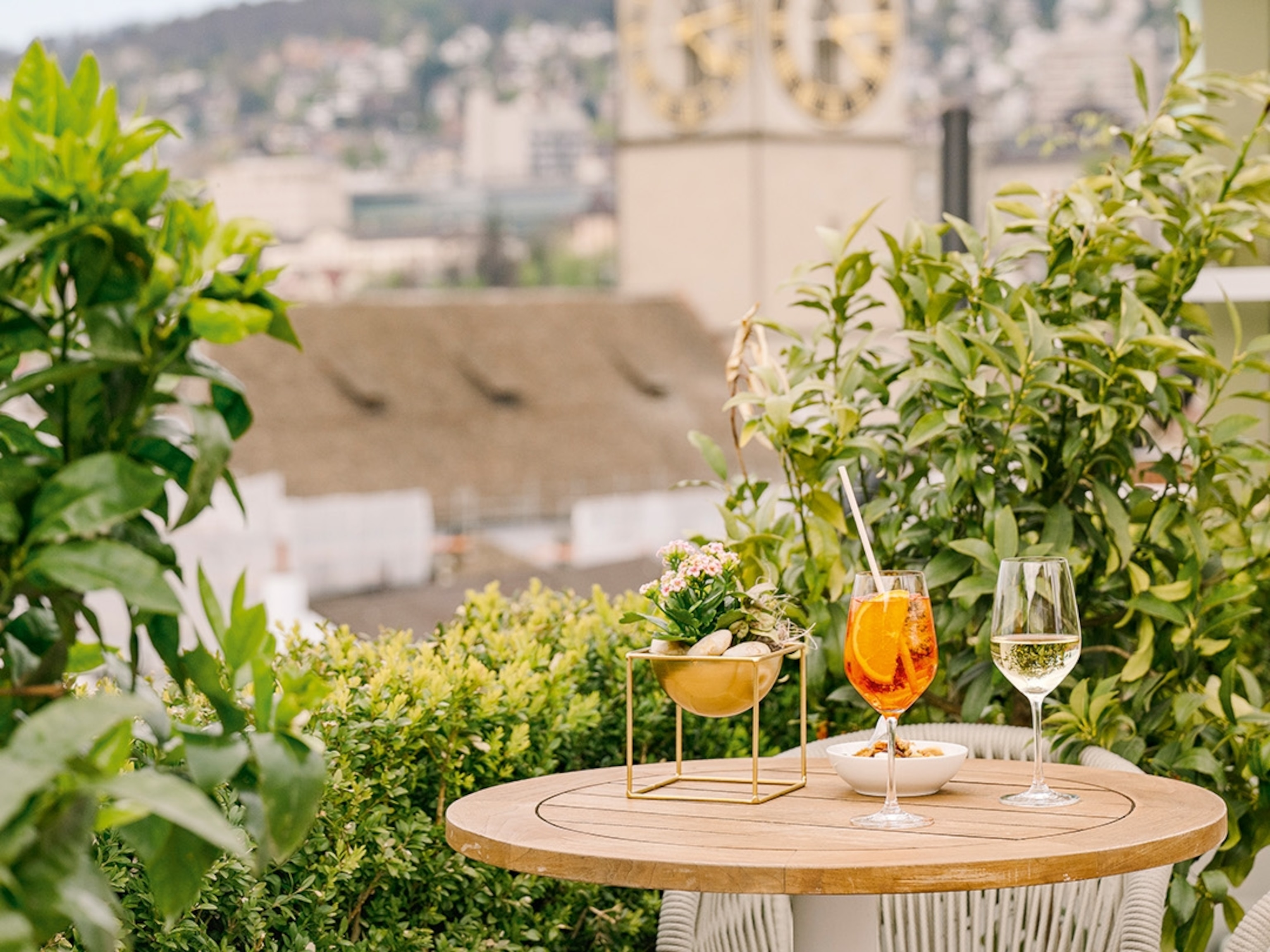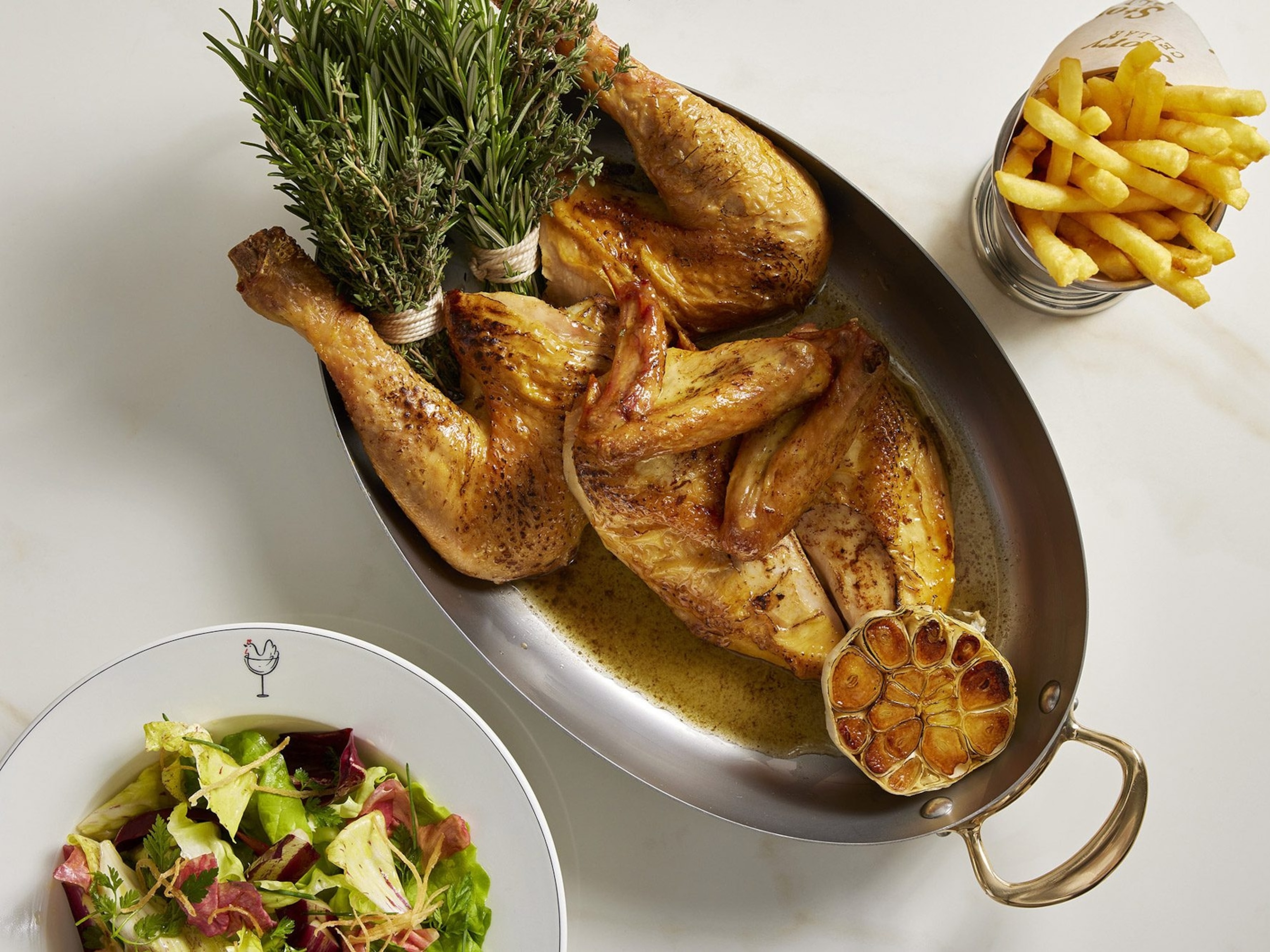5 unmissable foods that unlock Jordan’s culinary scene
From slow-cooked Bedouin feasts to quick snacks in fast-moving Amman, Jordanian cuisine runs on its own schedule. Here are five dishes you need to try on a visit to the Kingdom.

Jordan is an ancient crossroads of cuisines, comprised of Arabic, Mediterranean, North African and Persian influences. And maybe that’s why many people think of it as being home to a borrower’s cuisine. Dishes, such as tabbouleh, falafel, hummus and baklava, are all widespread across the country while some specialities such as zarb — meat and vegetables cooked deep in the desert sands of Wadi Rum — are harder to find.
Meat, usually lamb, is the common thread among savoury meals, with yoghurt, za’atar, lemon and olive oil used liberally. Jordanian sweets, meanwhile, echo that classic trinity of flaky pastry, crunchy nuts and silky custard that’s so beloved. Whether it’s a sequence of small mezze plates strewn across the table or a large shared platter of mansaf that everyone dives into as soon as it’s set down, food in Jordan is abundant, and eating is often drawn-out and ritualised. Here are five dishes that every traveller should seek out.
1. Mansaf
Mansaf — lamb cooked in a sauce of fermented dried yogurt and served with rice or bulgur — is Jordan's national dish, and it makes an appearance at every significant gathering, be it a wedding or a funeral. Eaten from a communal platter using one's right hand (cutlery is optional), it embodies social codes of equality, generosity and compassion.
Just as consuming mansaf is guided by decorum, its preparation is similarly veiled in ceremony. The dish is assembled in a specific way: a layer of paper-thin shrak bread forms the base, onto which mountains of golden rice interlaced with jameed, a piquant strained yoghurt, are added. Hunks of tender, boiled lamb are then arranged on top before the plate is finished with toasted pine nuts and creamy laban jameed sauce. On auspicious occasions, the dish might be crowned with a special talisman: a whole sheep’s head displayed to signify the freshness of the meat buried within.
2. Zarb
The technique of cooking low and slow in an earth oven is practised everywhere — from Peru to the Pacific. In places including Wadi Rum, it's used for zarb, a generous dish of lamb, goat or chicken accompanied by rice and a medley of root vegetables. This moveable feast requires few utensils and, in keeping with the Bedouins' nomadic lifestyle, it can be staged virtually anywhere. Marinated meat and vegetables are stacked on a tiered metal frame, which is lowered into a pit to rest over smouldering coals. Once sealed and reburied, it can be left for up to four hours for optimal smoky notes and tenderness.
Otherwise known as 'Bedouin barbecue', zarb also bears some similarities to a one-pot dinner: it's prepared in advance during the hottest part of the day (when people typically rest) and eaten under the stars. This helps to free up those precious sunset hours when grazing livestock must be shepherded home.
3. Falafel
While zarb and mansaf are all about the pageantry, falafel is the ultimate grab-and-go meal. This Middle Eastern staple is ubiquitous in Jordan, especially on the busy streets of the capital, Amman, where countless restaurants and stalls compete for the title of the city's best.
Falafel starts with ground chickpeas and fava beans spiced with cumin, paprika, black pepper and other assorted spices. The inside should be light and airy, tinged chartreuse green by the addition of fresh coriander and parsley, while the outer shell should turn crisp once fried. The spheres are served as mezze bites or stuffed into whole wheat pita bread with a dollop of tahini and a hit of hot sauce to take away.
If Egypt's boast as the birthplace of falafel holds true, then the street food likely made its way into Jordan via the southernmost coastal city of Aqaba, a longtime stopover for pilgrims travelling down the Red Sea coast to Mecca.
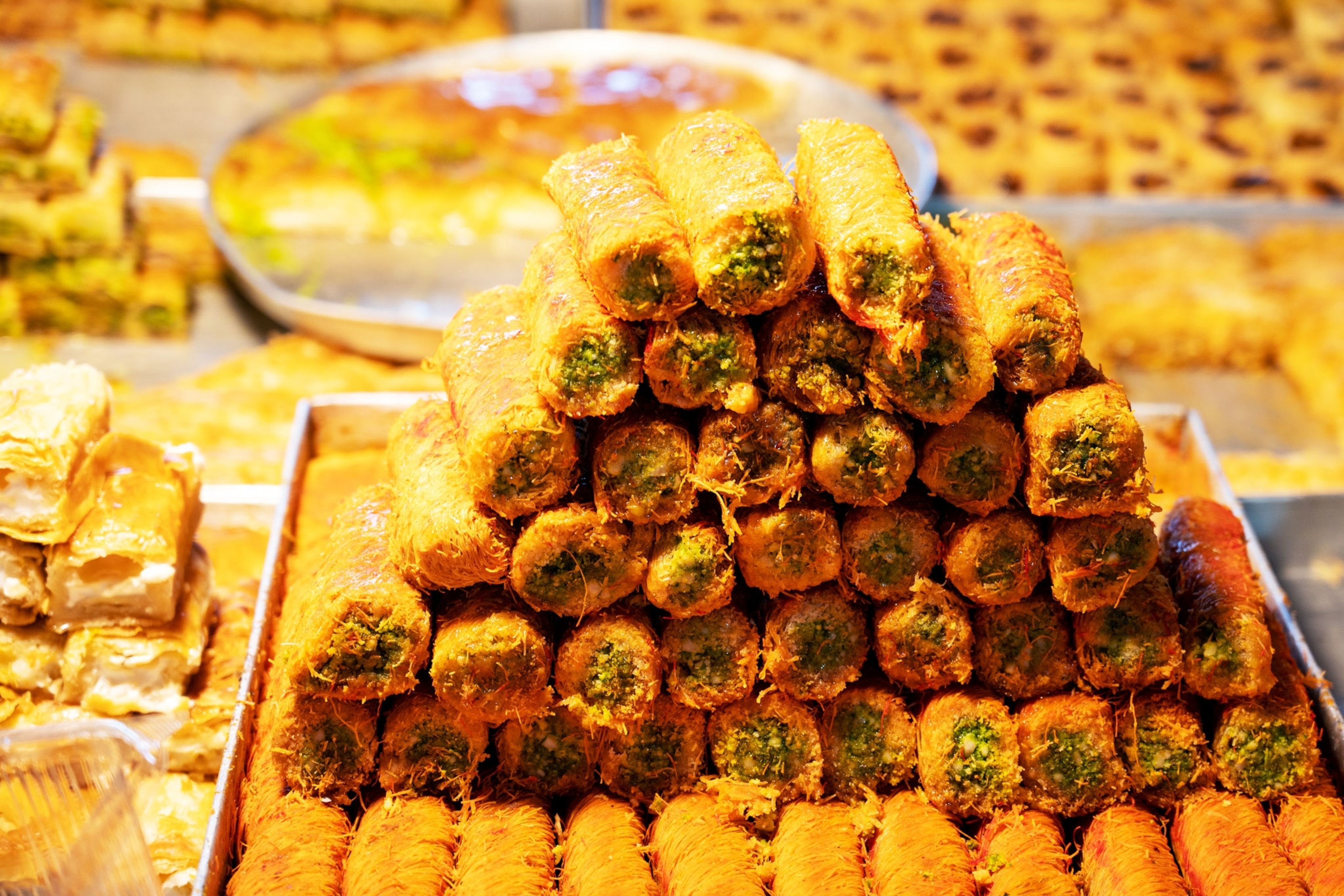
4. Warbat
In Jordan, meals are traditionally rounded off with fresh fruit. However, tooth-achingly sweet halawiyat (Arabic patisseries), including baklava and kanafeh, still have an important place in national cuisine. One treat in particular, warbat, is considered typically Jordanian. Warbat is a triangle-shaped pastry made from flaky ghee-gilded filo. Inside, the smooth filling called ashta is comparable in texture to clotted cream, while a drizzle of sugar syrup tinged with rose water and lemon and a dusting of pistachios, decorates the top.
Purchased from bakeries by the half kilo then spirited to the nearest coffee house, warbat is an integral part of the 6pm ritual that sees many Jordanians pause to enjoy a pick-me-up with colleagues or friends. As one of the more indulgent halawiyat, it's especially popular during Ramadan. Warbat’s natural companion is a glass of black tea (Jordan's national drink) or a cup of qahwa sada (Arabic-style coffee).
5. Manakish
Most cultures has its pizza equivalent — and in Jordan, it's manakish. Adopted from Lebanon and wholeheartedly embraced by Ammanians in particular, this easy meal is essentially a pita-style flatbread amped up with savoury toppings. A good manakish dough turns velvety on the inside and crunchy on the bottom when cooked in its wood-fired oven. Flavours range from egg to potato to ground meat.
For a true taste of Jordan, try the signature manakish zaatar, flatbread smothered in the redolent spice mix of sumac, thyme and sesame seeds, glued onto the dough with olive oil. A sprinkle of akawi white brined cheese or soft and mild sfatit might be added for extra stretchy, gooey appeal.
For more information and to book your trip, see visitjordan.com
